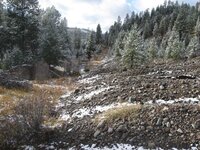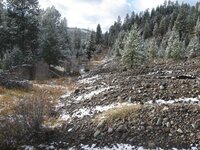geodesic9
Greenie
We have large dredging piles in California from river dredgers. Some of these piles are 80 feet across and 15 - 20 feet tall.
Anyone developed a technique for working these piles and keeping track of which ones you have worked?
Both Folsom and Snelling, CA have large areas of tailings.
Working my GB 2.
Anyone developed a technique for working these piles and keeping track of which ones you have worked?
Both Folsom and Snelling, CA have large areas of tailings.
Working my GB 2.
Amazon Forum Fav 👍
Upvote
0


 and a nice big ol'steel rake is your absolute best tool to use with the biggest deepest seeking coil you can slap on that unit your using--tons a au 2 u 2 -John
and a nice big ol'steel rake is your absolute best tool to use with the biggest deepest seeking coil you can slap on that unit your using--tons a au 2 u 2 -John 








